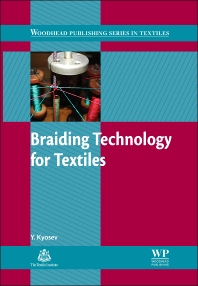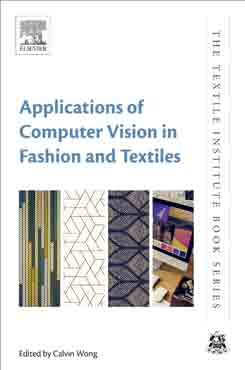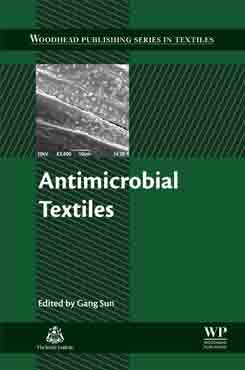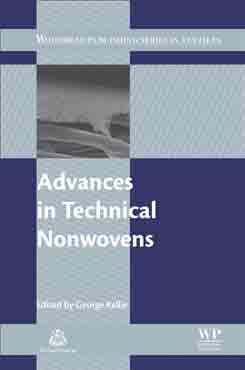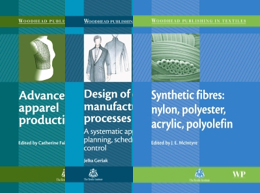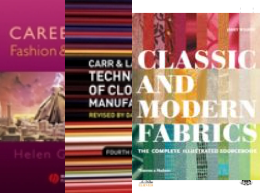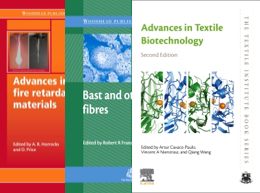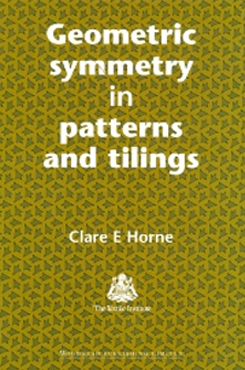Description
Braided fabrics are made by interlacing yarns or strips of fabric. Braiding produces a wide range of structures for technical textile applications from medical sutures to cables for anchoring ships. Written by one of the world’s leading experts in the field, the book reviews the basic principles, design and processes used in braiding. The book also discusses specialised braiding techniques such as spiral braiding and lace technology.
Key Features
- Provides a solid foundation in the fundamentals of braiding design, processes and machinery
- Covers the patterning of braided products and the structural and colour design of both flat and tubular braids
- Reviews maypole braiding machines and mechanics
Readership
Table of Contents
- 1. Introduction: the main types of braided structure using maypole braiding technology
2. Patterning of braided products
3. Structural design of flat and tubular braid
4. Colour design of tubular braids
5. Colour design of flat braids
6. Braiding machine components
7. Carriers for braiding machines
8. The mechanics of the braiding process
9. Carrier mechanics in braiding operations
10. Yarn winding operations in braiding
11. Spiral braiding
12. Square and other types of form braiding
13. Computer assisted design (CAD) software for the design of braided structures
14. Productivity calculations in braiding
15. Using MATLAB® for calculations in braiding
